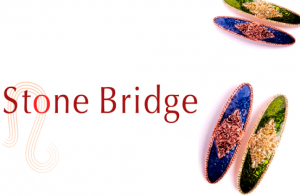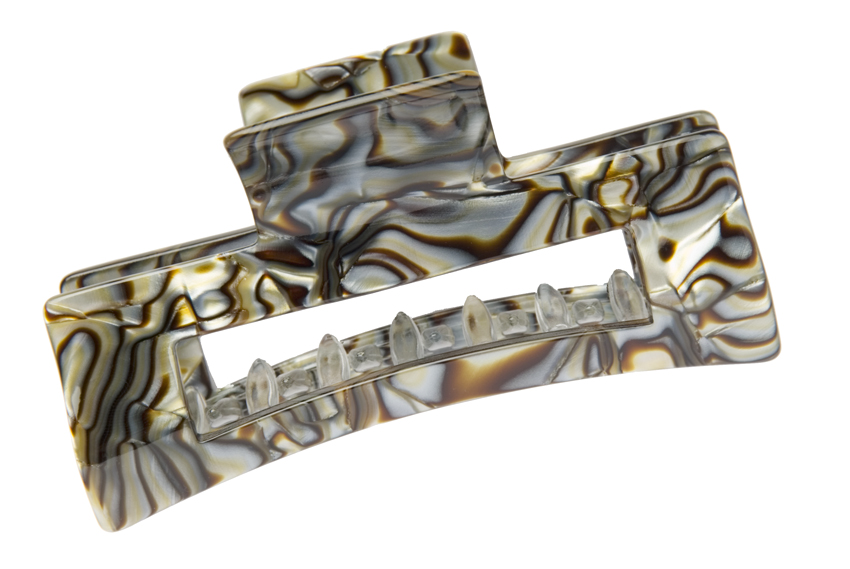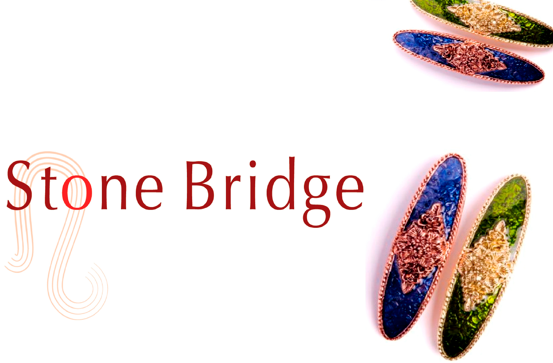For the vast majority of women, your hair follicles are probably doing a pretty good job on their end, growing hair.
So your job is just to look after your hair as it lengthens, keep it conditioned and protect it from damage.
How does hair get damaged?
Our hair, generally speaking, consists of two parts: the cortex (and in some women, also the medulla) at the centre, and the cuticle. The cortex is a very fragile structure made of long stringy proteins, porous like a sponge, that contains the elements that give your hair most of the qualities that are unique to you: colour, elasticity, strength, and texture. This delicate material needs protecting, and that is the job of the cuticle. Split ends are actually where the cuticle has completely broken away, uncovering the unravelling end of your cortex! No product in the world is going to glue your split ends permanently back together. This is why the only cure for split ends is a hair cut, followed by a good hair care routine that maintains and protects the cuticle. The cuticle is a series of layers (usually about seven) of scales made of the protein keratin, which overlap like roof tiles. This arrangement allows the hair to swell and shrink with moisture content. These scales are there to take a beating, and when we talk about damaging your hair, we are talking about damage to these cuticle scales. These scales, as I’ve mentioned, are not living. They cannot grow back or repair themselves. Once you have blown through all the layers of the cuticle, there is nothing left to protect the cortex, the damage is irreversible and the hair breaks.
As far as you and I are concerned, care of the cuticle is the very foundation of maintaining healthy hair.
The Four Most Common Causes of Damage
1. Chemicals
Colouring and perming chemicals do the most damage, as the way they work is by swelling the hair to such an extent that the cortex can be altered, either by changing the pigment when you colour it, or by chemically destroying the sulphur bonds that give your hair its naturally curly or straight texture. This process roughs up the edges of all the scales right through the entire cuticle, not just the outside.
For this reason, in my opinion, all hair colouring, relaxing and perming should be done by a trained stylist and not at home.
You only want to subject your hair to this process once, and thereafter only touch up from the roots. If you have fine hair, you should only do one process or the other, either a perm or colour, but not both. A good professional hairstylist will never agree to do both procedures to fine hair. Ideally, for really healthy hair, you should not subject your hair to any chemical treatment at all. But it’s fun and a lot of women don’t like their hair going grey, so there are good reasons to colour and perm your hair, too. And if you decide you’ve had enough with the chemicals, you can just grow your hair out and start again.
So don’t believe any company that tells you they have a gentle colouring or perming product. There is no such thing. And conditioning afterwards will not reverse the damage.
2. Friction
Even if you are quite saintly and never colour or perm your hair, most of the damage to your cuticle is caused by the hairs rubbing against each other. This is where your good conditioning habits will pay dividends. Friction includes wearing your hair down loose, especially on a windy day, brushing, back combing or teasing and just ‘messing’ with your hair too frequently during the day.
If your hair tangles or knots easily, this is a classic symptom of damage to the cuticle. The scales are literally ruffled up and catching on each other, causing your hair to snarl. To minimise damage while getting the tangles out of your hair, never brush your hair when it is wet, even with conditioner in it. Use your fingers and waggle them as you very gently comb them through your hair. Your hands are the best grooming tool you possess, as the skin on your hands cannot damage your cuticle.
To further protect your hair during the day, the best thing you can do is (now I would say this, wouldn’t I?) to use very good quality hair accessories to wear your hair up.
The kindest type of accessories to use are the ones that do not bind your hair at all, such as combs, forks and hair sticks. Tucking your hair up into a hat is also a great way to protect it when you are outside. The next best alternative, if your hair is too slippery, are either very fat hair elastics or hair claws which have smoothed and polished edges. Finally, barrettes and slides can cut into the cuticle, so I recommend using barrettes that have only the best clasps, which are still only made in France using sprung steel with hand finished and smoothed edges. The good news is that very good quality French hair accessories, while expensive, should last for several years, so are actually good value as well as kind on your hair.
3. Heat
Styling using straighteners, curling tongs and blow driers causes quite a lot of damage. Hair driers can actually strengthen hair, but only when used on a medium or low heat and held at least six inches away from your hair. Most people use driers as a way to straighten their hair, though, and this causes a lot of damage. What happens when using these tools on wet or damp hair is that the water in the cortex of the hair can start to boil and the steam will actually blow holes in the cuticle. There are products that claim to “heat protect” your hair. They can do a bit, but the way most women use irons and driers, along with pulling the hair straight with styling brushes, is more abuse than these “heat protecting” products can stand up to.
My recommendation is to learn to work with your natural hair texture. This can be a steep learning curve. It sure was for me.
When I decided to stop fighting my hair every morning I was shocked to find my hair springing into long loose ringlets. I literally never knew I had curly hair until I stopped wrestling it into shape. Now I love my hair and I receive complements on my curls all the time. All hair textures have their own unique advantages, the most valuable of which is that when you respect your hair’s natural tendencies and ensure that it is kept healthy and undamaged, you spend almost no time styling it in the morning.
4. Sun
UV rays affect your hair in two ways. UVA rays break down pigment molecules in your hair which turns them a pale sludgy colour, which is why sun faded hair can look brassy or, in the case of silver or ash hair tones, unattractively yellow. UVB rays, after a lot of exposure, break down the sulphur bonds in your hair, which eventually affects the strength and texture of your hair. However, this is really only relevant if you spend a lot of time outdoors when the sun is most intense, use sunbeds very frequently or live in a very sunny country.
Hair styling products containing sunblock are not effective. They either wash out or fall out of your hair very easily.
You only really need to be concerned about sun damage if you colour your hair, have naturally white or grey hair, or if you have longer than shoulder-length hair. To protect your hair colour, the only effective solution is a hat or scarf. For long hair, it is helpful to wear your hair up in a chignon, pleat or twist style so that the ends of your hair are covered and secure.
Protecting your hair from damage is the single best way to have healthy looking hair. Fortunately this is completely free.
The more disciplined you are about looking after your hair, your hair will reward you by not only behaving more often on a day to day basis, but by also responding well to more extreme styling when you need it for those formal occasions.
Author Bio:
 Melissa Hill – Hair Expert, Owner of Stone Bridge Hair Accessories, specialising in French and Italian handmade hair clips and headbands.
Melissa Hill – Hair Expert, Owner of Stone Bridge Hair Accessories, specialising in French and Italian handmade hair clips and headbands.
Every week Stone Bridge Hair blog discusses styling tricks and hair care secrets that can help you have more beautiful, better behaving hair. Everyone’s hair has a different weight and texture, and what each woman needs from her hair clips is also highly individual. We make recommendations (always welcome to call on 01732 883820 or email at: [email protected]) as to what sort of hair texture is suited to each one of our hair clips and we have a large range of barrettes and hair clamps especially suited to fine hair or long curly hair. We have a variety of hair accessories to offer: barrettes, claws and clamps, hair bands, combs and sticks, Ficcare and beak clips, elastics.







